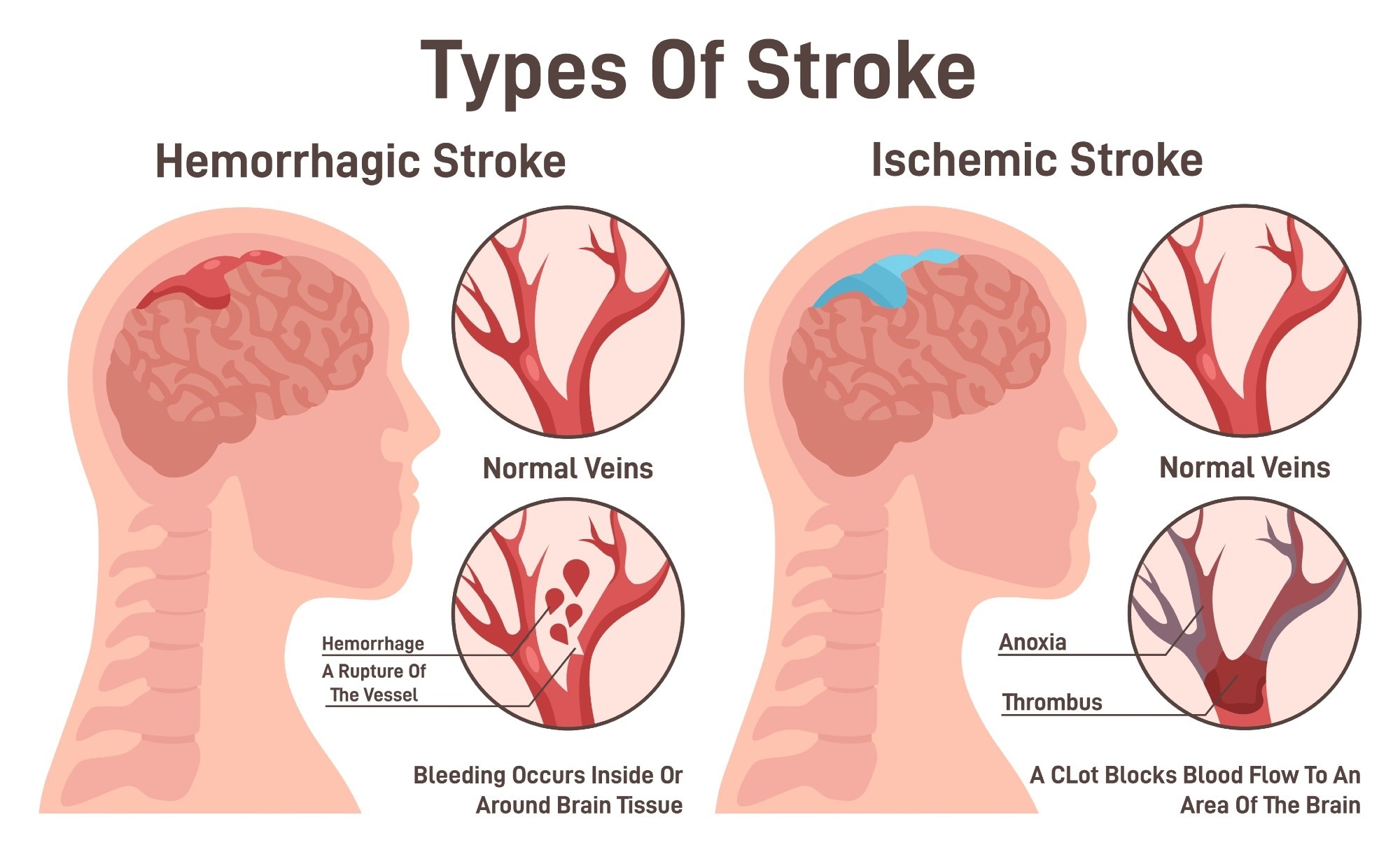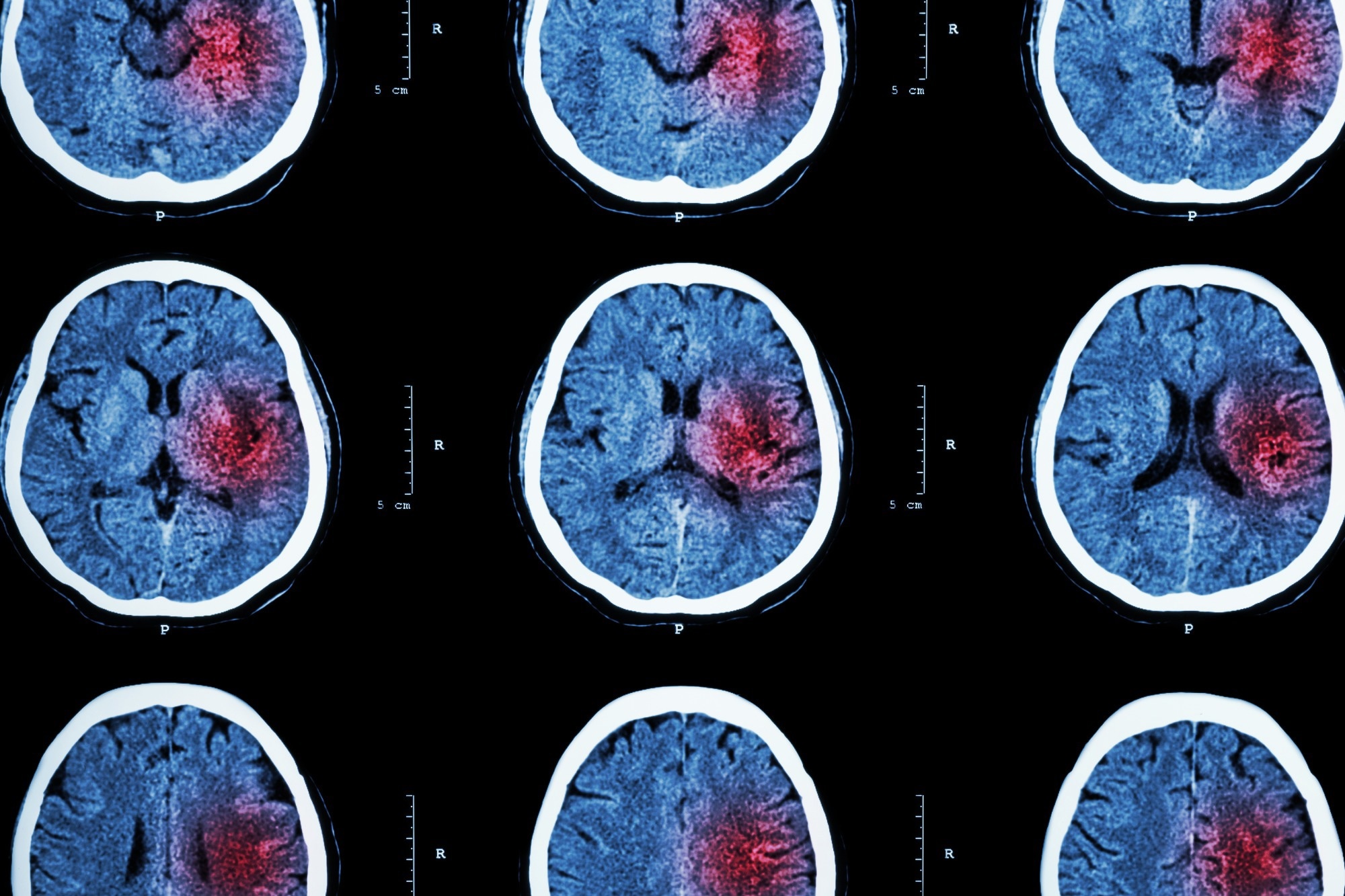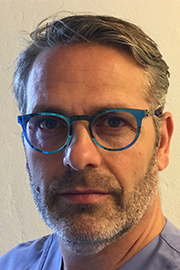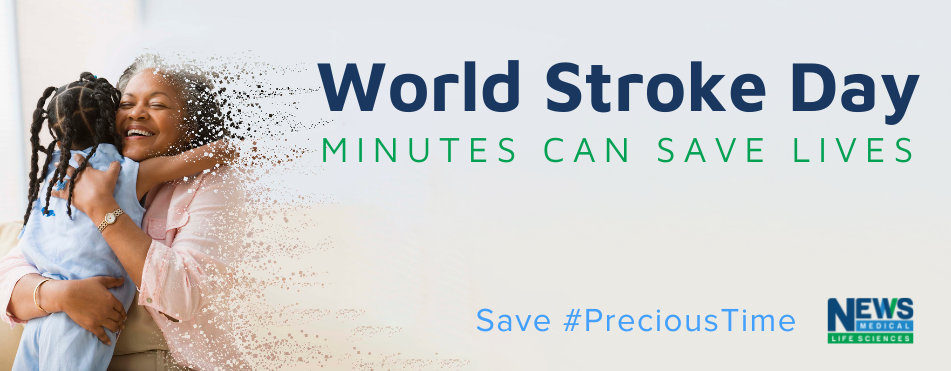 For World Stroke Day 2022, News-Medical speaks to Dr. Patrick Brouwer, Head of Worldwide Medical Affairs at CERENOVUS, about why saving #Precioustime is critical when it comes to recognizing and seeking medical treatment for stroke.Thought LeadersDr. Patrick BrouwerHead of Worldwide Medical AffairsCERENOVUS
For World Stroke Day 2022, News-Medical speaks to Dr. Patrick Brouwer, Head of Worldwide Medical Affairs at CERENOVUS, about why saving #Precioustime is critical when it comes to recognizing and seeking medical treatment for stroke.Thought LeadersDr. Patrick BrouwerHead of Worldwide Medical AffairsCERENOVUSPlease can you introduce yourself and tell us about your background, as well as about your role at CERENOVUS?
I am a clinician and scientist who has served as an interventional neuroradiologist and endovascular neurosurgeon for over 20 years in various countries in Europe. Currently, at CERENOVUS, I serve as the Head of Worldwide Medical Affairs. CERENOVUS, part of Johnson & Johnson MedTech, is an emerging leader in neurovascular care and is focused on providing solutions used in this area.
CERENOVUS is a global leader in neurovascular care. Can you tell us more about your main mission statement?
Stroke is the second leading cause of death globally. At CERENOVUS, we push the boundaries of what’s possible in stroke care in order to deliver on our promise of changing the trajectory of stroke. This commitment is inspired by our long heritage and dedication to protecting patients from stroke-related disabilities and we offer a broad portfolio of devices used in the endovascular treatment of hemorrhagic and ischemic stroke so that patients can get back to their fully functioning lives.
Strokes occur when the blood supply to part of the brain is cut off. Can you tell us more about why stroke occurs and what happens to the brain cells when their blood supply is cut off?
A stroke occurs when a blood vessel that carries oxygen and nutrients to the brain is either blocked by a clot or bursts. Therefore, there are two types of stroke: ischemic and hemorrhagic.
Ischemic strokes – which are the most common and account for 87% of all cases – occur when a blood clot travels to a vessel in the brain and cuts off the blood supply. This prevents brain tissue from getting oxygen and nutrients, and brain cells can begin to die in minutes.
The other type of stroke, hemorrhagic, are often less common than ischemic strokes but can be more severe. These types of strokes are caused by a brain aneurysm burst or rupture of weakened blood vessels.
Through better public awareness, we can reduce the stroke burden. What are some of the signs of stroke that people should be aware of?
The best way to remember the signs and symptoms of stroke is the acronym F.A.S.T.:
F – Facial drooping
A – Arm weakness or difficulty raising one or both arms
S – Speech difficulty or slurred speech
T – Time to call for emergency help
If you suspect that you or anyone is having a stroke, it is critical to seek emergency care immediately. Those of us in the neurovascular field often say that “time is brain” – this means that the more time that goes by without treatment, the more brain cells die, therefore impeding chances of recovery or survival. Acting F.A.S.T. at the first signs of stroke symptoms can help patients get the timely treatments they need to not only survive but also to recover and have fully functioning lives.
But it’s not just the signs and symptoms of stroke that patients should be aware of. It is important to note that communities of color are disproportionally affected by stroke – often suffering from pre-existing conditions that increase the risk of stroke and having poorer experiences when it comes to timely treatment and access to stroke care. At CERENOVUS, we are working to address these disparities in stroke care by educating patients on the healthy lifestyle choices they can make to lower their risk of stroke, helping establish trust in healthcare systems, and improving facility preparedness so stroke patients can be quickly identified and triaged.
All these factors in concert – quickly recognizing the signs and symptoms of stroke, understanding the importance of timely medical care, and taking healthy action to reduce your risk of stroke – are important messages that everyone should know.
 Image Credit: Inspiring/Shutterstock
Image Credit: Inspiring/Shutterstock
Many cases of stroke are preventable. What are some of the risk factors for stroke, and how do you believe people can reduce their individual risk of stroke?
Up to 90% of strokes are preventable. One of the easiest ways to reduce the risk of stroke is by maintaining a healthy lifestyle. This includes managing conditions like high blood pressure, diabetes, obesity, and atrial fibrillation (AFib), as well as stopping smoking, eating a healthy diet, and exercising regularly.
According to the World Stroke Organization, 1 in 4 of us will have a stroke in our lifetime. Can you tell us more about how strokes are treated?
The two types of strokes are treated differently. In an ischemic stroke caused by blood clots, a procedure called mechanical thrombectomy (MT) – which uses a catheter threaded up the femoral or radial artery to remove a clot from a patient’s artery within the brain – has proven successful with more than half of patients treated regaining functional independence.
The sooner MT is performed – and how quickly the clot can be extracted in the number of passes performed – the higher the chance of success. When MT achieves substantial or excellent “reperfusion,” or restoration of blood flow to the brain, from the first pass, patients experience the greatest benefits. At CERENOVUS, we have created the CERENOVUS Stroke Solutions™ portfolio, which offers a comprehensive and integrated suite of devices to aid physicians in mechanical thrombectomy procedures. Developed through strong research and clinical insights, the CERENOVUS portfolio is designed to address real-world scenarios that physicians may face.
For hemorrhagic strokes, treatment options may include interventional procedures to stop the bleeding. CERENOVUS offers a suite of products to treat aneurysms and vascular abnormalities that are also based on research and insights, including embolic coils, stents, and vascular reconstruction devices.
 Image Credit: Piyaphat_Detbun/Shutterstock
Image Credit: Piyaphat_Detbun/Shutterstock
How can life be affected after suffering from a stroke? Can you tell us more about some of the wide-ranging disabilities that stroke survivors may experience?
Strokes can have life-altering results. The main disability that results from a stroke is paralysis or motor control. Strokes can also result in sensory disturbances, such as the inability to feel temperature, touch, position, or pain. Sensory deficits could impact the ability to recognize objects and might result in the inability to even recognize one’s own limbs. These sensory disturbances can lead to chronic pain that affects the ability to function.
However, it is not only physical disabilities that result from a stroke. One of every four stroke victims will suffer from aphasia, which is a problem understanding or using language. This could affect one’s ability to convey thoughts through writing and words, oftentimes leading to frustration and emotional disturbance. Depression is also not uncommon in patients following a stroke. So while the changes in physical ability can be more immediately recognizable, the mental health aspects of having a stroke are also important to identify and treat.
The theme of World Stroke Day 2022 is ‘Save #Precioustime.’ What does this theme mean to you, and why is timely access to quality stroke care so critical?
I think this year’s theme is spot on because when it comes to stroke, time is extremely precious. The longer a stroke goes untreated, the greater the chances are of patients experiencing long-term disability or even death.
For every minute that someone has a stroke, an estimated 1.9 million brain cells are lost. So, since time equals brain cells, the quicker a person can be treated for stroke, the more likely that person’s brain – and therefore the function of arms, legs, speech, or thinking ability – can recover.
What do you believe the main benefits are of social media campaigns and awareness events like World Stroke Day? Are you hopeful that through these awareness campaigns, the signs of a stroke will be recognized earlier and treatment accessed sooner?
Stroke is extremely dangerous and, unfortunately, fairly common – as I mentioned, it is the second leading cause of death globally. It is so common, in fact, that someone has a stroke every 40 seconds, and 13.7 million people experience their first stroke every year. Fast response and treatment when a stroke occurs make a huge difference in recovery and can sometimes mean the difference between life and death. This makes awareness opportunities like World Stroke Day and other social media campaigns critical for information sharing. I believe that by increasing education around the signs, symptoms, and risk factors for stroke, we can make a large difference, as a more aware and informed public can take action and help save lives.
But it’s not just social media campaigns that are making a difference. Advocacy organizations like Get Ahead of Stroke and MT2020+ – and their partnership with industry leaders like CERENOVUS – are not only working to create public awareness but drive real change. Through these efforts, updated emergency medical services triage and transport protocols for stroke patients in the U.S. have been achieved, and access to mechanical thrombectomy procedures worldwide has increased.
 Image Credit: Puwadol Jaturawutthichai/Shutterstock
Image Credit: Puwadol Jaturawutthichai/Shutterstock
What are the next steps for you and CERENOVUS?
As I’ve already shared, we’re committed to changing the trajectory of stroke so that patients can return to their lives. This means we’re extremely focused on continued research and development so that we can provide physicians with the tools they need to address unmet clinical needs.
Developed through strong research and clinical insights, the CERENOVUS portfolio is designed to address real-world scenarios that physicians may face. The ischemic portfolio in particular, is informed by the CERENOVUS Neuro Thromboembolic Initiative (NTI). NTI has a deep understanding of various clot types and is in the unique position to use insights from scientific studies to create innovative ischemic products that help change the trajectory of stroke.
I’m delighted as a physician to be able to support the work of CERENOVUS and its NTI team as they continue to innovate and bring new products to market within both the ischemic and hemorrhagic portfolios over the coming months and into 2023.
Where can readers find more information?
Visit https://www.jnjmedicaldevices.com/en-US/condition/stroke for more information on stroke, risk factors, and treatment options.
To learn more about CERENOVUS and its solutions, visit https://www.jnjmedtech.com/en-US/companies/cerenovus.
About the Dr. Patrick Brouwer
Dr. Patrick Brouwer is a clinician and scientist who has made significant contributions in the field of interventional neuroradiology and endovascular surgery. Before joining CERENOVUS as Head of Worldwide Medical Affairs, he served in senior staff positions for over 20 years as a neurointerventionalist at various university hospitals in Europe. As a key opinion leader in his field, Patrick has published close to 100 scientific papers and book chapters and lectured, including for invited professorships, on more than 400 occasions around the world on a variety of topics related to neurointervention.
Worldwide Medical Affairs, he served in senior staff positions for over 20 years as a neurointerventionalist at various university hospitals in Europe. As a key opinion leader in his field, Patrick has published close to 100 scientific papers and book chapters and lectured, including for invited professorships, on more than 400 occasions around the world on a variety of topics related to neurointervention.
Patrick has additionally contributed by serving in various board positions across key societies, such as the European Society of Minimally Invasive Neurological Therapy (ESMINT) and the World Federation of Interventional and Therapeutic Neuroradiology (WFITN). He received his medical degree, with honors, from the Free University in the Netherlands.
